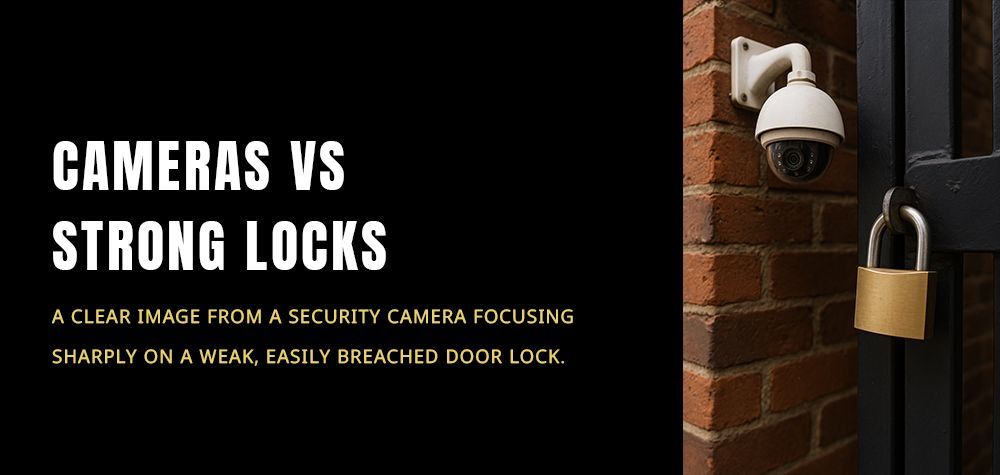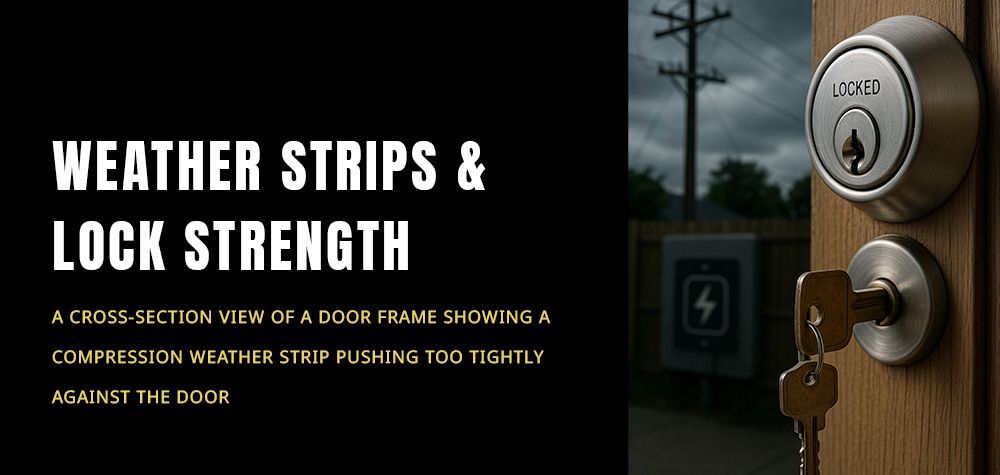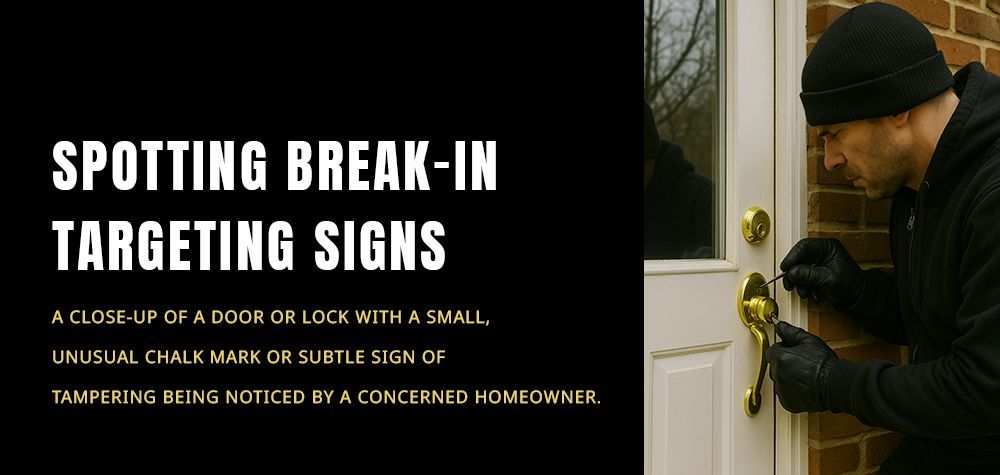How Do Door Reinforcements Work for Added Security?
Your front door is more than just a way in or out—it’s your first line of defense. It's where your home's security begins and often, unfortunately, where it ends. Despite having sturdy locks and alarm systems, many homes remain surprisingly vulnerable to forced entry. That’s because, in most break-ins, the problem isn’t the lock—it’s the door itself.
This is where door reinforcements come into play.
Whether you're in a bustling city apartment or a quiet suburban home, door reinforcements can drastically boost your overall safety. But how do they actually work? What kinds are available? And how can you install them effectively?
In this detailed, homeowner-friendly guide, we’ll walk you through everything you need to know about door reinforcements—from how they function, to real-world risks, expert tips, and step-by-step solutions to turn your entryways into true strongholds. Let’s get started.
How to childproof your door locks effectively
Why Door Security Fails in the First Place
Before we can talk about strengthening your doors, it's important to understand why they fail during break-ins.
The most common method intruders use is called "door kicking"—a brute force attack that targets the weakest point in the door structure. This weak point is rarely the lock itself. Instead, it's the door jamb, strike plate, or even the screws holding everything together. These components are often made of thin metal or cheap wood, installed with short screws that can't withstand a solid impact.
Even high-end locks won’t help much if they’re anchored to flimsy materials. Think of it like installing a steel bolt into cardboard—sure, the bolt is strong, but the material around it crumbles on impact.
This is why door reinforcements matter. They don’t just enhance the lock—they strengthen the entire door system to resist break-ins from all angles.
What Are Door Reinforcements, Exactly?
Door reinforcements are hardware upgrades designed to reinforce the structural integrity of the door and its frame. Instead of relying solely on your lock to keep intruders out, these reinforcements add multiple layers of defense—around the hinges, the lock, and the frame.
They usually come in the form of strike plate upgrades, door shields, hinge shields, jamb reinforcers, and longer, hardened screws. Some reinforcement kits bundle these together for a full upgrade. More advanced reinforcements may include security bars or braces that prevent the door from moving even if force is applied.
In simple terms, door reinforcements distribute the impact of a forced entry attempt across a wider, stronger area—making it significantly harder for an intruder to break through.
The Real Risks of Skipping Reinforcement
The risk isn’t hypothetical—it’s very real. According to home security statistics, over 30% of burglars enter through the front door. And many of them don’t pick the lock or sneak in unnoticed—they kick the door in.
Without reinforcements, your door may give way in just one or two kicks. It’s quick, noisy, and crude—but effective. Even worse, if the break-in happens while you're home, the consequences could be traumatic.
There’s also the financial impact. Replacing doors, locks, and damaged interiors can cost far more than installing reinforcements in the first place. Insurance claims may help, but they don’t restore your sense of safety.
In short: skipping reinforcement leaves you exposed—and that’s a risk you don’t want to take.
Step-by-Step: How to Reinforce Your Door for Maximum Security
You don’t need to be a locksmith or a carpenter to reinforce your doors. With some basic tools, time, and the right guidance, you can dramatically improve your home's security. Here’s how to do it.
Step 1: Reinforce the Door Jamb
The door jamb—the frame that the door locks into—is usually the first point of failure in a forced entry. Most builders use a small, shallow strike plate with short screws. This can be replaced with a longer, high-strength strike plate that uses 3-inch screws. These screws reach deep into the wall studs, anchoring the lock in solid wood rather than just the trim.
You can also install a full-length jamb reinforcement, which is a metal plate that spans the entire height of the door frame. This spreads the impact of a kick across a much larger area, making it nearly impossible to split.
Step 2: Strengthen the Hinges
Next, move to the other side of the door—the hinges. Intruders sometimes try to break in by removing or attacking the hinges, especially if they’re exposed. Replacing standard screws with 3-inch screws in all your hinges ensures they’re deeply secured into the door frame.
If your door swings outward and has exposed hinge pins, you can install hinge bolts or security studs. These keep the door attached even if the pins are removed.
Step 3: Install a Door Shield
A door shield is a metal wrap that surrounds the area where your lock fits into the door. It prevents the door from splitting under pressure at the lock point. Combined with a reinforced strike plate, it forms a complete front-line defense system.
Some shields also make it harder for intruders to tamper with your lock using tools like crowbars, credit cards, or lock bumping techniques.
Step 4: Add a Security Bar or Door Brace (Optional but Powerful)
For the highest level of home defense, consider installing a floor-mounted door brace or a portable security bar that wedges under the knob. These devices physically block the door from opening inward, regardless of the condition of the lock or frame.
This step is particularly useful at night or when you’re home alone. It adds a layer of protection that’s instantly visible and hard to bypass.
Challenges You Might Face with Door Reinforcements
While the process of reinforcing a door is relatively straightforward, there are a few common challenges that homeowners encounter.
One challenge is compatibility. Not all reinforcement kits fit all door sizes, types, or materials. Metal doors, for instance, require different fasteners than wooden ones. Be sure to check the specifications of your existing door and frame before purchasing any hardware.
Aesthetic concerns can also come into play. Some reinforcement components are visible and may not blend seamlessly with your door’s design. However, many manufacturers now offer low-profile or paintable options to match your décor.
Finally, installation may require basic power tools, measuring skills, and a bit of patience. If you’re uncomfortable doing it yourself, a locksmith or handyman can usually complete the job in under an hour—at a reasonable cost.
Expert Advice for Long-Term Door Security
Security experts agree on one thing: reinforcement works best when it’s part of a layered strategy.
Don’t rely on just one measure—combine several. A strong deadbolt plus a reinforced jamb, hinge protection, and a secondary barrier like a door brace can turn a vulnerable entry point into a fortress.
Professionals also recommend checking your door’s alignment regularly. A poorly hung door can reduce the effectiveness of reinforcement hardware. If your door sticks, sags, or doesn’t close flush, it might need adjustments before reinforcement.
Additionally, always opt for quality materials. Cheap reinforcements may bend or rust over time. Look for hardened steel, stainless options, and rust-resistant coatings for outdoor use.
Preventive Habits That Enhance Security
Once your doors are reinforced, maintaining those upgrades is just as important. Here are some practical habits to protect your investment and your home.
First, make it a habit to inspect your door and hardware every few months. Check for loose screws, rust, or signs of wear. Tighten and replace as needed.
Second, always lock your door—even when you’re home. Reinforcements only work if the lock is engaged.
Third, if you lose a key or have concerns about a break-in attempt, don’t just replace the key—replace the lock and inspect all reinforcement components for signs of tampering.
And finally, complement your door security with lighting, cameras, and visible signs of surveillance. Most burglars look for the path of least resistance—so don’t be the easy target.
Conclusion: Reinforcing Your Door Is Reinforcing Your Peace of Mind
At the end of the day, security isn’t about living in fear—it’s about being prepared. Door reinforcements are one of the most effective, affordable, and lasting upgrades you can make to your home.
They work by turning your door into a system, not just a slab of wood with a lock. With stronger frames, better fasteners, and layered barriers, you drastically increase the time, noise, and effort required for a break-in. And in most cases, that’s enough to stop an intruder cold.
If you haven’t reinforced your doors yet, now is the time. Your peace of mind is worth every screw, plate, and bolt.
Call Us Any Time!






